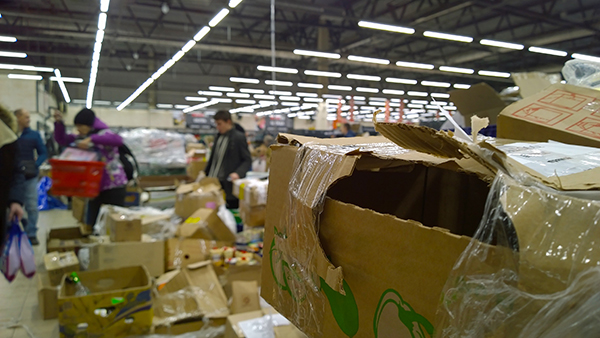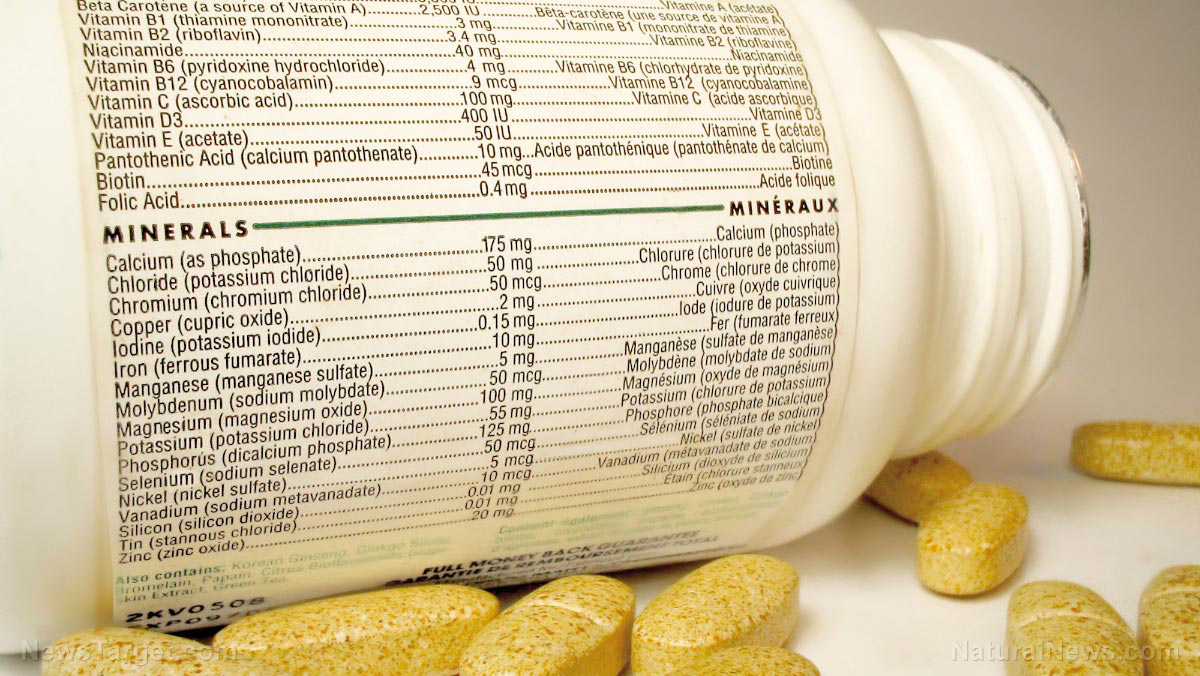Study finds 25 types of FLAME RETARDANTS in human breast milk
07/27/2023 / By Olivia Cook

A new peer-reviewed research has identified 25 kinds of toxic flame retardants in human breast milk in the U.S., and all samples contained at least some level of the dangerous chemicals – posing “disturbing” health risks for breastfeeding infants.
The study published in Environmental Pollution analyzed breast milk from 50 mothers across the U.S. for a suite of brominated flame retardants (BFRs) 10 years after the phaseout of polybrominated diphenyl ethers (PBDEs) in the United States.
Researchers at Toxic-Free Future, Emory University, the University of Washington and Seattle Children’s Research Institute assessed current exposures to BFRs and the impact of changing use patterns in levels of PBDEs and current-use compounds in breast milk.
The compounds analyzed include 37 PBDEs, 18 bromophenols and 11 other BFRs.
PBDEs are a group of brominated flame retardants that are found in a range of widely used consumer products, including electronics and electrical equipment (e.g., cabling, computers, fax machines, printers and television sets), transportation materials (e.g., plastics and upholstery in cars) and textiles (e.g., carpets and upholstery).
A total of 25 BFRs were detected, including nine PBDEs, eight bromophenols and eight other BFRs found in every sample. The chemicals are thought to be potent neurotoxins, especially for developing children, said toxicologist and study co-author Erika Schreder. (Related: Glyphosate testing now available! Glyphosate detected in human blood, urine and breast milk – are you contaminated.)
Studies, including one research published in Environmental Science & Technology, have shown that these chemicals can escape out of products into indoor dust and air, outdoor air, surface water and breast milk.
BFRs have also been linked to negative health impacts, such as learning problems, hormone disruption and reduced fertility.
Among other issues, many of the compounds are linked to memory impairment, increased impulsivity, impaired motor skills, decreased attention and overall lower measures of intelligence in children. Some of the chemicals may also be carcinogenic. (Related: Flame retardants alter thyroid hormones in pregnant women.)
Chemical concentrations in breast milk lower today than before
In 2007, some states started enacting bans on polybrominated diphenyl ethers (PBDEs), one commonly used subclass in flame retardants, prompting some in the industry to stop using or producing them.
The new research found concentrations of PBDEs in milk seem to be decreasing over time – median levels in mothers in the Pacific north-west region are about 70 percent lower than researchers found in a similar study 20 years ago. The findings showed “regulations work for making breast milk safer,” Schreder said, but added that it also highlighted how “unregulated flame retardants are still a problem.”
The industry has started switching to the bromophenols subclass as PBDEs attracted increased regulatory scrutiny.
Though the two chemicals are structurally similar and used for the same purpose, bromophenols are unregulated because so little is known about their toxicity. However, like their predecessors, bromophenols have been linked to brain development disorders, and the study found the chemicals in 88 percent of samples.
The process by which chemical companies slightly alter the chemical properties to make similar compounds that evade regulation is called “regrettable substitution,” and the industry’s actions with brominated flame retardants is a “classic” case of it, Schreder noted.
“The parallels between these chemicals are extremely disturbing, and we’re seeing bromophenols building up in breast milk. I hope we can learn our lesson this time and put policies in place that address the entire class and make sure chemicals used in products are known to be safe,” she said.
Local, state, and federal policymakers have since taken steps toward regulating harmful flame retardants. In December 2021, New York Gov. Kathy Hochul signed into law a bill that restricted the use of flame retardants in electronic displays, furniture and mattresses.
The law also prohibited the use of organohalogen flame retardants (OFRs) in electronic enclosures, such as televisions.
The European Food and Safety Authority has also banned or restricted the use of certain BFRs and BFR-treated products throughout the EU to protect health and the environment.
Visit Chemicals.news for more stories like this.
Watch this video about 25 types of toxic flame retardants found in breast milk.
This video is from the Daily Videos channel on Brighteon.com.
More related stories:
Flame retardants, pesticides now leading risk factors for IQ loss.
Deadly antibacterial chemical triclosan found in human breast milk, blood plasma.
High levels of GMO agrochemicals found in breast milk of Brazilian mothers.
Sources include:
Submit a correction >>
Tagged Under:
breast milk, brominated flame retardants, dangerous, ecology, environment, Flame retardants, health science, infant's health, poison, Polybrominated diphenyl ethers, pregnancy, real investigations, research, toxic chemicals, toxic ingredients, toxins, women's health, women's heath
This article may contain statements that reflect the opinion of the author
RECENT NEWS & ARTICLES
COPYRIGHT © 2019 Dangerous.News
All content posted on this site is protected under Free Speech. Dangerous.News is not responsible for content written by contributing authors. The information on this site is provided for educational and entertainment purposes only. It is not intended as a substitute for professional advice of any kind. Dangerous.News assumes no responsibility for the use or misuse of this material. All trademarks, registered trademarks and service marks mentioned on this site are the property of their respective owners.




















